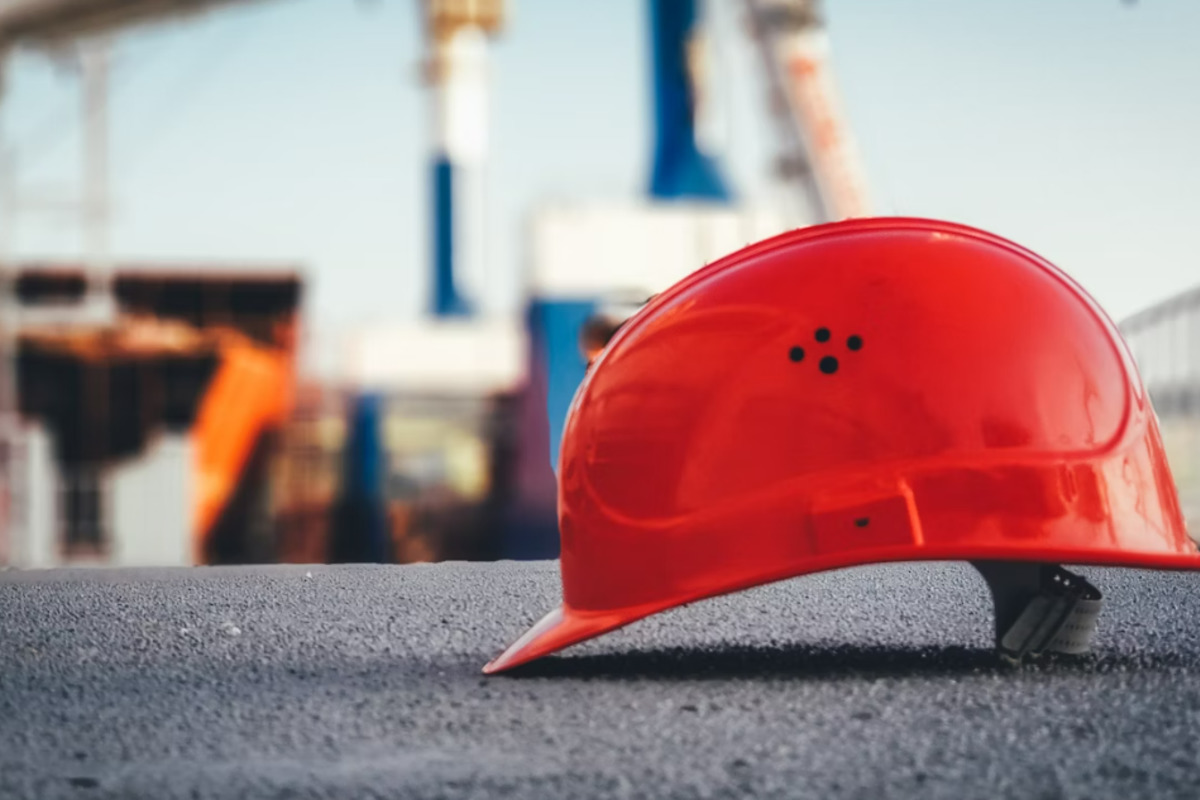Up in Yuba County, north of Sacramento, a collection of five three-bedroom concrete houses is rising – not made of lumber and nails, but with a towering robotic nozzle that ejects layers of wet mix. The micro-project, nicknamed “Corduroy Castles,” is a pilot project by local developer 4Dify that county officials and developers say could prove faster and cheaper than traditional construction. If the math works out, the same approach could go to Sacramento next.
As The Sacramento Bee reports, the construction in Olivehurst used an SQ4D robotic printer that lays concrete strips about an inch thick. The company told the newspaper that it took about 24 days to print the bowl, which stands up to 13 feet tall. The Bee also notes that special inspections were required in Yuba County — including daily sampling of the on-site concrete mix for approval — and contractor Nan Lin told the newspaper that wall samples were subjected to ballistics testing. The Bee reported that prices for the three-bedroom, two-bathroom homes are expected to range from $350,000 to $375,000.
The designers leaned into the ribbed texture rather than hiding it. As detailed by The Architect's Newspaper, Endemic Architecture shaped hooded windows and stepped parapets in such a way that the homes are perceived as conscious design and not just construction artifacts. 4Dify's project page notes that the units are approximately 1,000 square feet, that the team can print insulation into wall sections, and that the developer expects to print the remaining homes two at a time, with an estimated time frame of 40 days for the first unit.
How printers are changing mathematics
SQ4D's ARCS system can print slabs, foundations, and interior and exterior walls on-site, eliminating many framing and sheathing steps that traditional construction requires, the manufacturer says. Press materials and the company's early projects documented multi-day printing milestones in New York to demonstrate the nuclear technology. While this doesn't eliminate subsequent finishing, utility or roofing work, proponents of automation argue that the method saves labor, waste and some material costs.
Is Sacramento next?
Developer Nan Lin told reporters that 4Dify is eyeing a larger regional footprint — including a Sacramento project in the design phase and larger commitments in Southern California — and plans to scale equipment to produce more units. The company's project listings show several local efforts in the design phase, suggesting a pipeline beyond Yuba County.
Local impacts and hurdles
Regional planners have called the Yuba pilot a local innovation; The Sacramento Area Council of Governments highlighted printed homes as the jurisdiction's testing tools to accelerate housing production. SQ4D and 4Dify emphasize concrete's fire and pest resistance as a regional selling point. Still, permits, inspection protocols, financing, and mortgage underwriting are practical barriers to scaling.
For Sacramento, the test is whether printed homes can be approved, financed and insured at prices that make them significantly more affordable than wood-frame buildings. For now, Yuba's five-house experiment offers planners and builders a visible case study — and something to watch as developers introduce automated concrete printing into larger local projects.
